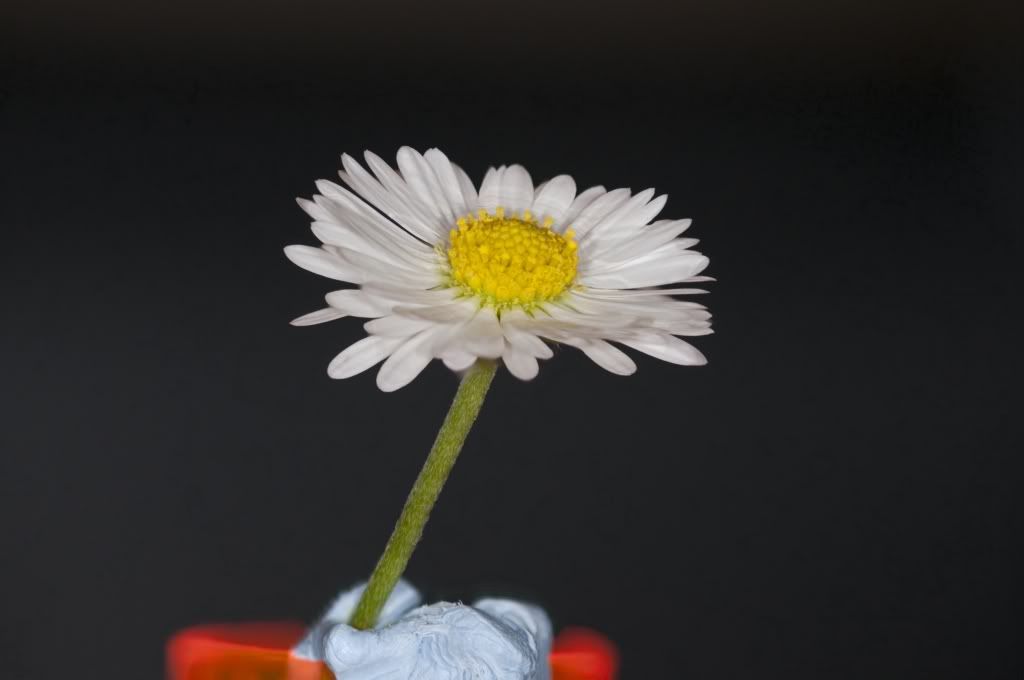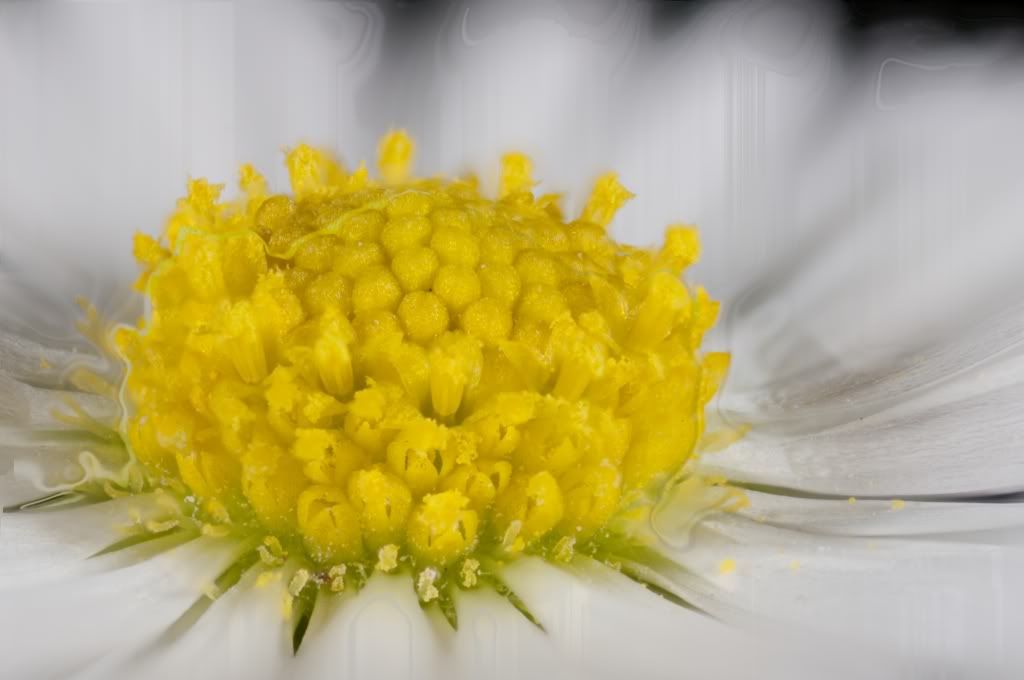Tiny wrote:Zerene seemed to produce an image with more ghosting, it is probably just my incometance/inexperience though...
I look forward to seeing the images. It's hard to tell whether I'm reading your words the same way you meant them. The word "ghosting" means different things to different people, and the different things have very different causes and cures.
In the meantime, filling in some more information...
PMax is quick and easy to use, and it's the preferred method for subjects with complicated geometry, like small bristly flies. However, it's prone to produce broad diffuse dark halos around bright objects against a dark background, so it's not the best choice for a subject like you have here.
The DMap method will produce better results. It's more difficult to use well, however, because there's a slider you need to adjust, and some other parameters that could further improve the results for this stack. See the new tutorial,
"How To Use DMap", for a detailed discussion.
Hope this helps!
By the way, I'm glad to hear you got a StackShot -- it's a marvelous piece of equipment.
--Rik


